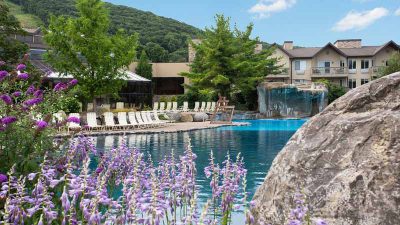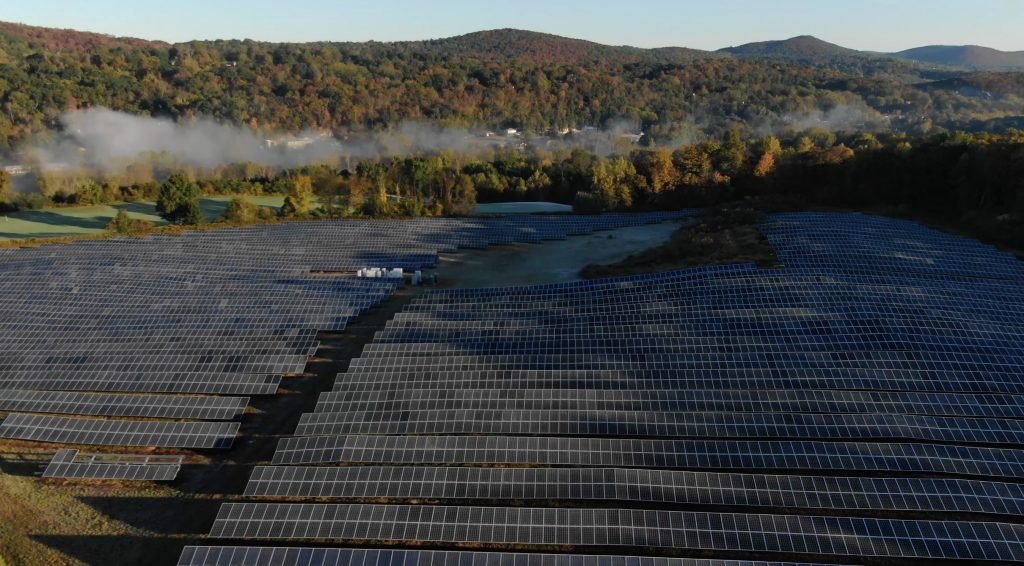

Crystal Springs Resorta popular golf and fitness destination in New Jersey just over an hour's drive from New York City is making waves—lots of light waves, that is—with its recent announcement to become the largest resort-based solar farm in the Northeast US region. .
Developed in partnership with New Jersey based Marina Energythe 25-acre solar field contains 19,000 solar panels and has the annual capacity to generate 3.5 megawatts of electricity, which is more power than is consumed annually by the Resort's two hotels.
The development of this solar farm is in line with a number of efforts undertaken by the resort in pursuit of continuous environmental stewardship. These include a partnership with Jersey Central Power & Light (JCP&L) and the New Jersey Audubon Society to create new habitat for bees, butterflies and birds on one of six golf courses. Crystal Springs Resort is also a member of the New Jersey Audubon Corporate Stewardship Council, which emphasizes volunteer environmental stewardship, sustainability, conservation partnerships and public education.






“We recognize that our guests visit us, not only for the wide range of amenities, but also to enjoy the resort's beautiful natural surroundings, so it is only right that we take steps to minimize our impact on the environment to preserve it for the future generations,” says Resort Chief Marketing Officer Chris Mulvihill. “While we take many other sustainability steps, such as using LED lighting, paper straws, locally sourced menu ingredients and biodegradable organic laundry detergent, we love being able to use superlatives when describing the Resort. So, I'm very happy to say that the closest resort to New York is now also the largest solar-powered resort in the Northeast.”
The solar farm aims to provide clean, renewable energy that more than offsets the electricity consumption of the Resort's 280-room Grand Cascades Lodge and 175-room Minerals Hotel combined. The project qualifies for net metering under Solar New Jersey, so there is always an adequate supply of electricity during periods of low solar production.
Mulvihill added that the resort's desire to position itself as a top choice for New York City organizations seeking to reduce the environmental impact of their off-site meetings was a major factor that led to this project.
“Offsite meetings and corporate meetings are a big part of our business and it's important to understand that getting 100 executives to meet on a jet in a remote location not only costs money and time. it also has significant environmental costs,” adds Mulvhill. “Instead, we can send a group shuttle to Manhattan and have a company's team at our resort in less time than it takes to get through airport security. So it's great that we can now tell our conference customers that not only do attendees not have to fly, but they can also wake up in the morning knowing they slept in a solar-powered hotel.”
Other sustainability-themed resort offerings include local farm tours, guided nature hikes, foraging lessons and beehive building to support the rebuilding of the local bee population.



